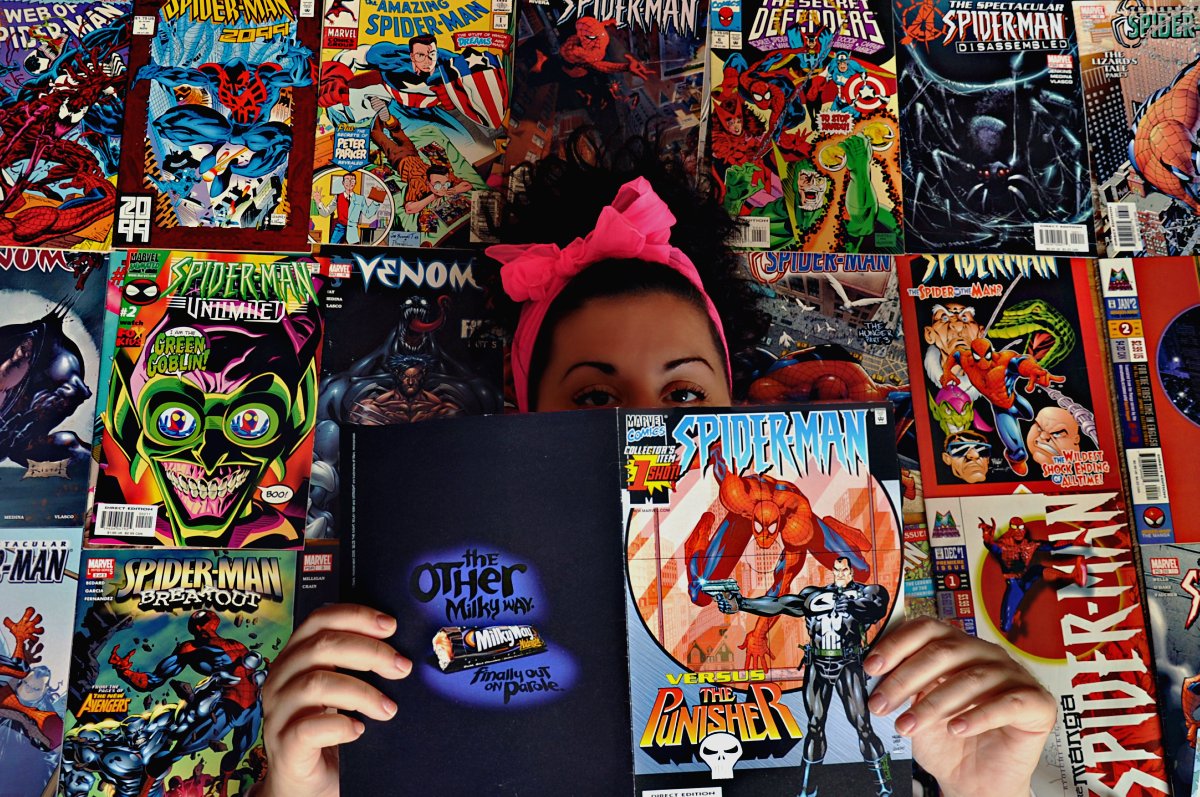Why comics are literature
The long-standing debate about if comics are a serious enough literary medium to be officially designated as ‘literature’ has raged for decades, incensed by Pulitzer Prize winnings for Art Spiegelman’s Maus and Alan Moore’s Hugo Award win for Watchmen. Despite winning these prestigious awards, many in the literary sphere still wince at the idea that comics should be classified as ‘real’ literature. However, to cling to archaic definitions of literature and ignore the emergence of comics as art of the same level of prestige as respected literary fiction, is entirely paradoxical to the essence and evolution of literature as an artistic form.
Stripped back to its very core, canonised literature is the manipulation of text to express ideas, evoking an emotional response that forges a connection between author and audience. It is this simple thesis that has defined our view of what literature is, and what it should be, for centuries. A common argument is that comics are not encompassed under this definition due to their non-linear focus on textual media, and thus that they cannot be considered alongside, or are less artistically worthy, than classic literature. However, this chasm between comics and conventional literature can be bridged by considering their structural similarities as text-based works, in line with the artistic traditions of literature. The elaboration of aesthetics in the comic form does not diminish the textual value of comics as a genre; having less words on the page does not make the words less poignant. Both comic writers and respected literary authors follow the same traditional literary conventions (the famous introduction, climax, denouement) when constructing their art, rendering the notion that comics are less refined or structured than other literature, futile.
The othering of comic book readers has manifested into the othering of comics themselves in literary spaces, creating this understanding of comics as unconventional literature for unconventional people.
The merits of comics as a storytelling medium in the 21st century are unquestionable, with award winning, narrative-rich shows such as AMC’s The Walking Dead or Netflix’s Daredevil drawing their respective stories from homonymous long-form comics. However, it is when you compare the positive reception of these narratives as screenwriting fiction as opposed to their comic origins, that the place of comics as low-fiction in the literary sphere is clarified. Whilst both television shows became pop-culture phenomenon in the science-fiction scenes, their comic counterparts were met with significantly less critical acclaim, a clear display of the haunting embarrassment still lingering around the admission of being a comic book reader. This difference in the way that comics are received in comparison to other narrative-based media is an archaic relic of very 80s-esque social norms wherein the reading of comic books is associated with children’s fiction, as well as being irreversibly connected to the image of the classic, American movie trope of a ‘geek’. Thus, many literary spaces and critics are hesitant to accept a medium viewed as low, unserious fiction into their understanding of what literature is, irrespective of the rich and unique storytelling present in the comic genre. The othering of comic book readers has manifested into the othering of comics themselves in literary spaces, creating this understanding of comics as unconventional literature for unconventional people.
The demeaning image associated with comic book readers has undoubtedly impacted the standing of comics as a literary genre, despite many popular comic series displaying rich world-building and unique narratives akin to well-respected science fiction and Tolkien-esque literature. The notion that comics are more similar to children’s books as opposed to a refined novel, disregards the very tradition of literature, with its origins in symbols and hieroglyphs pressed into stone. The very essence of literature has always centred around evoking emotion and creating imagery using the written word, and the use of visual aids to help with this process is not a new invention. The worlds invented and stories told using the medium of words do not become less impactful when they are accompanied by visual media – their meaning and their impact on the reader does not shift.
It is disjunctive to the contemporary literary sphere to uphold a view of literature that excludes an entire medium of presenting the written word due to its use of pictures. It is intuitive for the upkeep and evolution of creativity in the literary world to accept the unconventional display of words and stories in comics into the critical definition of ‘literature’.

Comments (1)
this is my FAVOURITE article!!!!!!